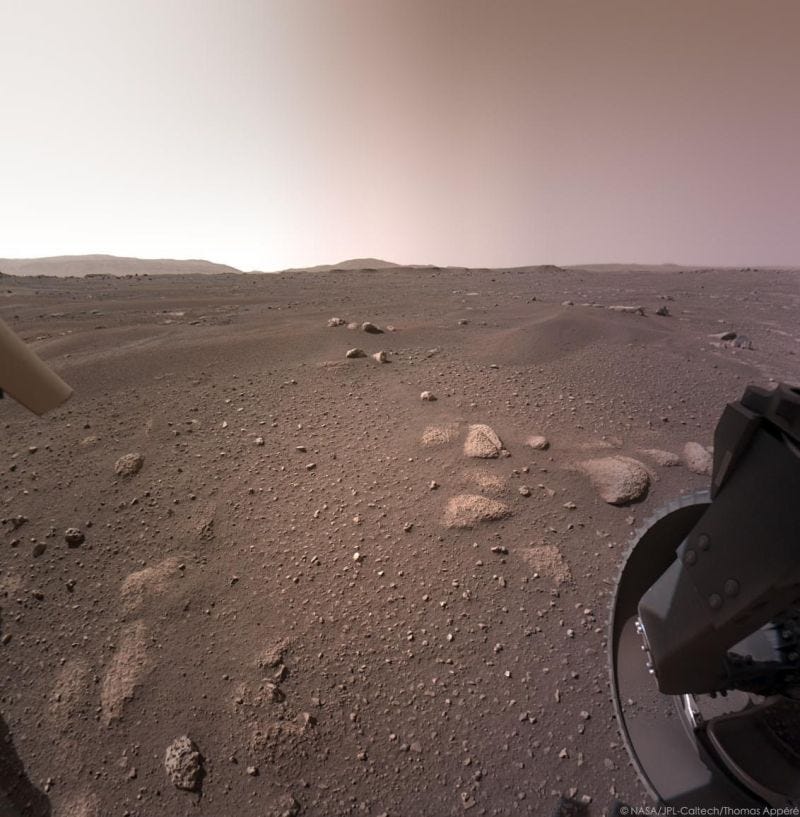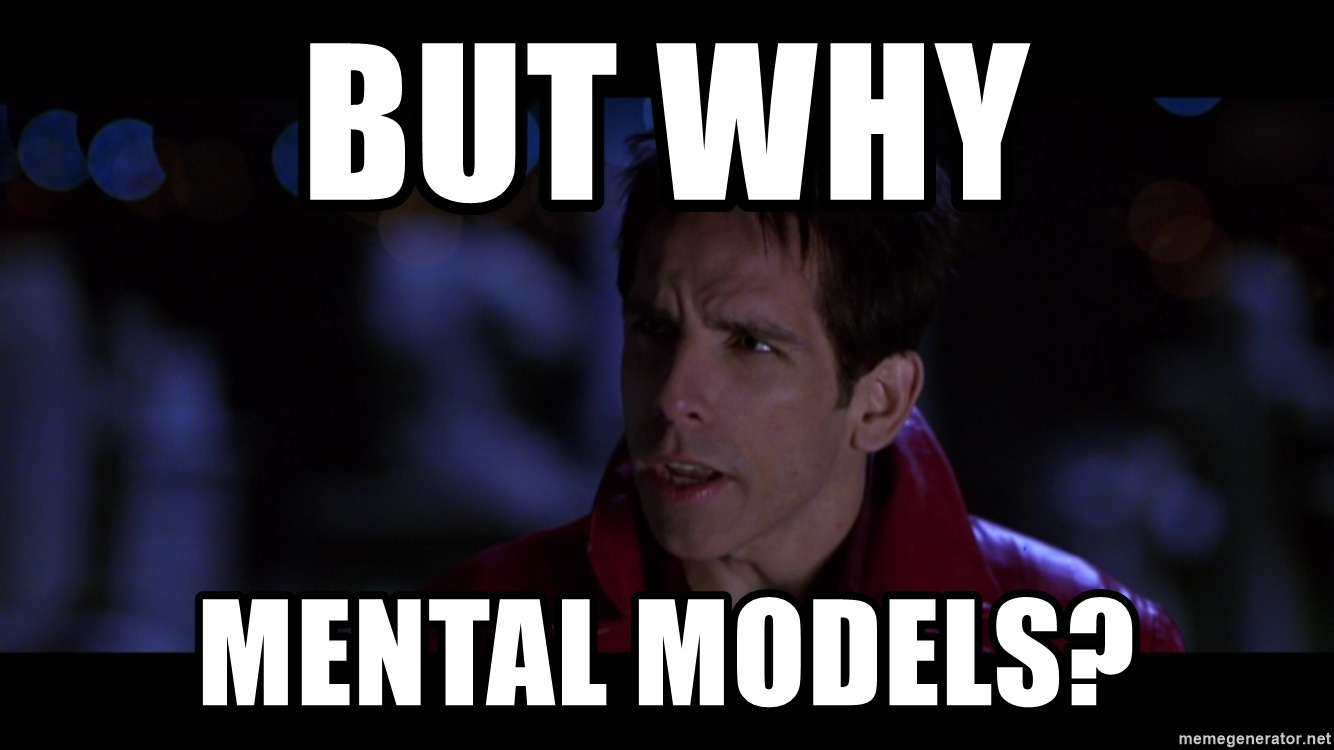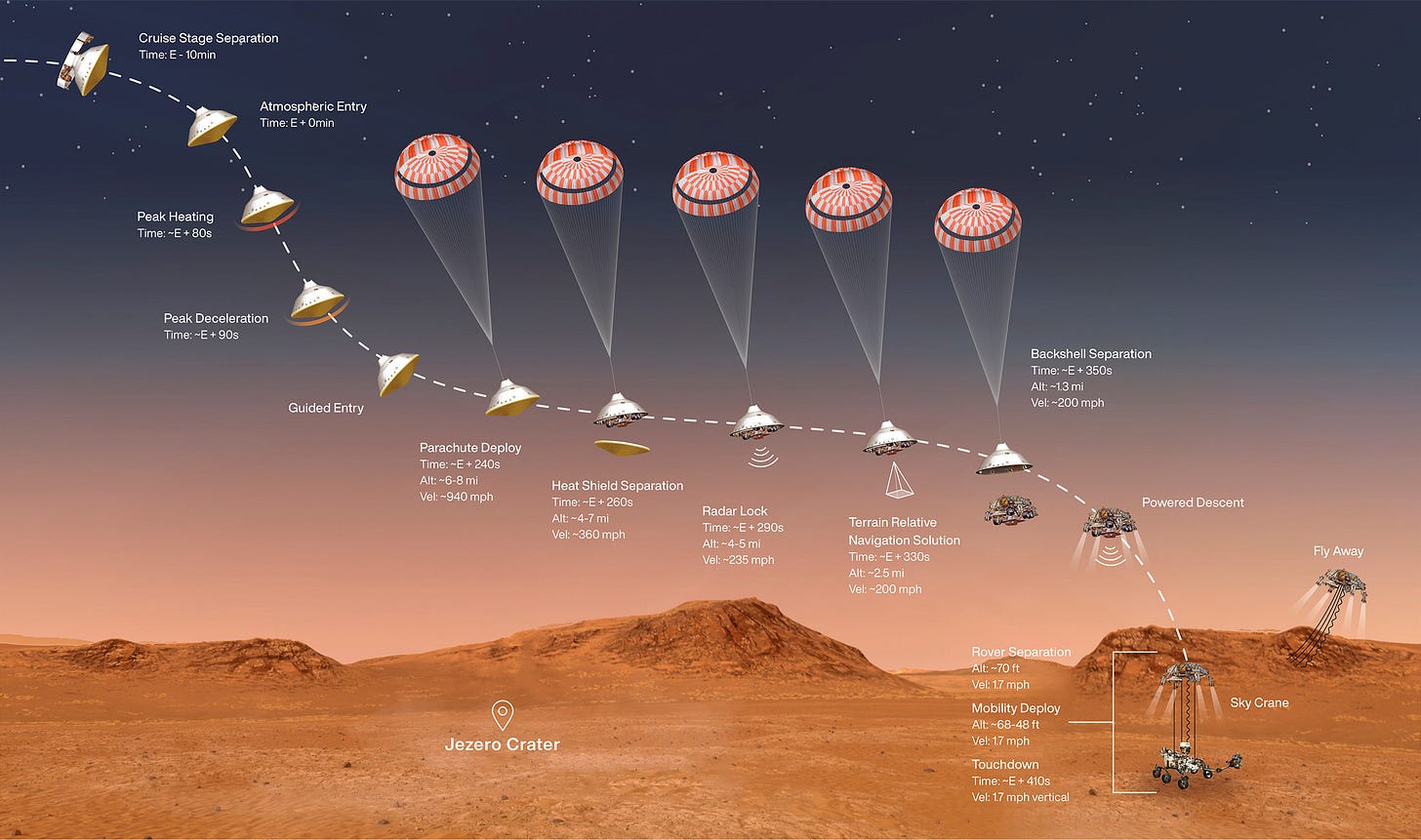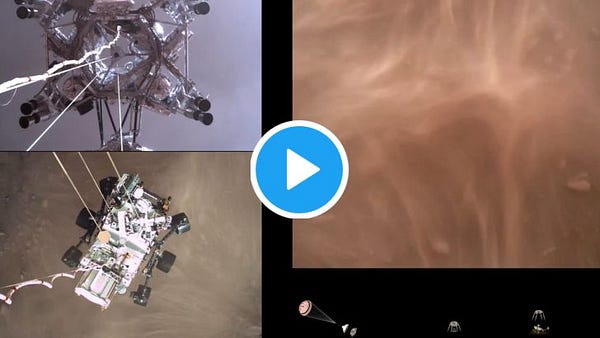Sup homies?
If you are not subscribed yet, click the button below to receive a weekly email about nothing.
Brief housekeeping: I am hearing that my emails keep going to your Spam or Promotions folder. No matter how much I want to change this, I cannot. Only you can change this.
Please move these emails to your Primary folder. This appears to sometimes fix the problem for future emails. Unfortunately, it doesn’t guarantee that Gmail keeps sending my emails to the Primary inbox. Which is very frustrating. In case Gmail is reading this one: Fuck you, Gmail. You don’t support my dreams and you never showed up to my dance recitals either.
Let me know if any of you out there have figured out this issue with Substack newsletters.
Welcome to The Jungle. We got fun and games.
We also have three topics that I wanted to discuss today. So let’s not waste time with pleasantries or me telling you that I am at my house still. It is a pandemic. I live indoors.
Let’s instead just let the newsletter bring you to your shun-n-n-n-n-n-n-n-n-n-n-n, knees, knees
On to the newsletter!
Table of Contents
Actually following advice vs. talking about advice
Digital Minimalism
We landed on Mars!
1. Actually following advice vs talking about advice
There is no shortage of pseudo-experts on the Internet recommending a framework to solve some problem.
Google any framework and you will find a recursive loop of a guru recommending it which is then recommended by his followers which is then recommended by their followers who finally relink back to the guru who is recommending the framework. A recursive loop. Then the Internet thinkboi intelligentsia immortalizes the framework by calling it a “mental model.”
The crazy part? You cannot find any examples online of people actually executing these frameworks…
Observation: There are too many frameworks and not enough case studies.
Frameworks are helpful ways of looking at problems. Perhaps it allows you to view a problem in a new way and solve something that was previously unsolvable to you!
Framework example: Following a ketogenic diet helped many people lose weight that they previously couldn’t lose.
But often, the consumption and subsequent regurgitation of these frameworks to your friends is nothing more than intellectual masturbation. It feels good, but when we look back, did that really give us the desired result we were looking for? There appears to be no shortage of people who can recite the framework verbatim yet in practice not actually follow the advice…
Moron Example: Posts a blog post about the benefits of keto. Posts a photo on Instagram eating a cheeseburger.

Case studies are stories of people applying the framework in reality. This is really hard to do. Because it requires discipline and habit change.
Case Study Example: “Oh wow, it was really hard for me to follow keto because of the insane social pressure to drink and eat non-compliant foods. Also, there are not many restaurants that would support that type of eating habit!”
Case studies are difficult to produce because sustaining habits for long periods of time is insanely hard to do! It is much easier to retweet James Clear and anoint myself a member of the Internet elite than to change my habits for 90 days and reflect on my lessons learned.
The Internet needs more case studies.
To help correct this trend, I am going to start a series that I call “Actually following advice”.
During this series, I will introduce and then actually follow the advice that I believe is worth exploring.
Using the newsletter, I will update you on the weekly progress on where I am at with following the advice. Then when I finish the experiment, I will write up essays that cover my main findings, takeaways, and results.
Why would you do that?
I am going to do this for three reasons:
The case study you will learn the most from is the experiment you run on yourself.
I suffer from using reading and learning as a form of procrastination. I don’t need another online course or blog post. I need to follow good advice and not lie to myself about how closely I followed it.
What is an example of this type of post?
My first experiment was the Elimination diet.
Weekly updates:
Essay:
I am nearing the end of this experiment and will publish an essay in the next couple of months on it.
What is the next experiment you are going to conduct?
One of my main takeaways from the elimination diet is to ask the question:
“What if the solution to your problem is doing less of something?”
In following with that theme, my second experiment is going to be…
2. Digital Minimalism!
The first time I heard a version of “you should think about how much you use your phone” was in a Louis CK appearance on Conan eight years ago.
In describing our propensity to push our feelings down and fill the void in our lives with the phone, Louis CK says that we end up in a weird state:
You never feel completely sad or completely happy.
You just feel kind of satisfied with your products.
And then you die.
So, thats why I dont want to get a phone for my kids.
(SIDE NOTE: Man. You should watch that video. Louis is the funniest dude alive. Not saying he is a great guy. But wow is he fucking funny. Also watching that again, its hard to believe that he was feeling this in 2013. Like just wait Louis! We are about to get way better at ad targeting and attention optimization!)
Recently, phone addiction has gotten even more attention as Netflix released a documentary on it called “The Social Dilemma.” This documentary’s popularity was a testament to us coming to understand the severity of this problem. In fact we feel so strongly about this subject, we are all willing to pretend like this was a good documentary. I am fascinated by the type of cultural hypnosis we fall under when a movie or documentary talks about an important cultural topic (See: my thoughts on teh Britney documentary). People get the sense that you have to agree that this documentary is great because it talks about an important topic you agree with. Not because it talks about it well. I watched the “Social Dilemma”. I thought it was cringey. Like what the actual fuck were those weird ass live-action family scenes they shot for it? I want to be clear that the Social Dilemma did not change my opinion at all. I have standards.
However, the piece that finally convinced me that this is a worthwhile experiment to try out was “Digital Minimalism” by Cal Newport.
Cal wasn’t the first person to deliver this message. But he was the one that finally got through to me. And even that took 2 years! (According to Amazon I bought this book in August 2018).
Throughout the book, Cal makes a strong argument that we have filled our free time with frivolous digital garbage to plug a void we have in our lives.
Digital communications fill the silence in our lives.
Apps on our phone are optimized to attract our attention rather than maximize our potential.
Our phone is ruining our attention span and we don’t understand all of the consequences of that quite yet.
You have heard it all before. But what exactly is the solution?
That is where digital minimalism comes in.
What is Digital Minimalism?
Digital minimalism is a philosophy that helps you question what digital communication tools (and behaviors surrounding these tools) add the most value to your life. It is motivated by the belief that intentionally and aggressively clearing away low-value digital noise, and optimizing your use of the tools that really matter, can significantly improve your life.
Or to distill it down to how I internalized the message: how can you get all the productivity benefits of the Internet without the productivity drawbacks of the Internet?
The idea is not to completely eliminate technology and take on the life of a Luddite, but to use technology for all of its benefits whilst not getting sucked into the vortex of using technology as your primary source of fun and pleasure.
The digital minimalism lifestyle requires two crucial changes:
Curtailing digital addiction.
Taking up hobbies in real physical space.
So that is what I am going to target over the next thirty days.
Tangibly, the actions I am going to take are going to look like this to start and I am going to adjust them as I figure out if these work or need to be tuned a bit to meet my specific workflows.
1. Curtailing digital addiction
I am taking the following actions to limit the use of my phone.
Delete distracting apps from my phone.
Removed all social media apps from my phone. It has been interesting to see that after I removed these, my usage immediately dropped to basically zero.
Removed all email apps from my home screen. I love to check my email. Even though I dislike responding often. Removing it from home screen has given me the ability to avoid looking at it and mindlessly checking it because I am reminded it is there.
Removed all web browsers from my home screen. I have a nasty habit of compulsively checking ESPN to figure out what LeBron ate for lunch today.
Set limits on distracting websites and apps on your phone and computer using blocking software
Work in progress. I am still looking for a good site blocking website that can allow you to set time frames for when you can check a website. Will fill you in when I find a good one!
2. Taking up hobbies in real physical space
You have to replace an addiction with another habit that you really enjoy for the changes to stick. Since this is a digital decluttering, you are best off if you create new hobbies in the physical world.
Cal recommends replacing your digital checking habits with high-quality leisure activities. Which are defined as things that fit the following categories:
Leisure Lesson 1: Prioritize demanding activity over passive consumption.
Read books, but read hard books and produce analog notes on them. Make things that are difficult to make.
Leisure Lesson 2: Use skills to produce valuable things in the physical world.
Don’t make more digital artifacts. Make a painting or learn an instrument.
Leisure Lesson 3: Seek activities that require real-world, structured social interactions. Don’t pursue something in isolation.
Instead of calisthenics at home, join a CrossFit gym. Except during a pandemic this one is kind of tough to do…
My planned activities that I am going to add as physical habits:
Morning pages in a physical journal (bought this one). This will allow me to do some writing outside of a screen.
Building/fixing electronics. Currently building an older version of this AI car following kit from SparkFun.
I will add more activities as I go along, but I don’t want to initially overload myself and do none of them.
This experiment is definitely going to be a work in progress. I don’t want to be overly rigid in my definitions up front on this one as I think I will have to adapt some of the rules as I go.
But welcome to the next experiment! Let me know if you have tried anything like this before in the past. Would love to hear from you all.
3. WE LANDED ON MARS!
The Perseverence rover landed on Mars in the last week.
Here is a graphical depiction of the entry and descent:
To really wrap our minds around how utterly mind blowing this whole thing is, please consider that we launched something off of the surface of the Earth, timed the orbits and positioning right such that it made it to Mars with no issues and then landed it on the absurdly unsafe landing conditions on Mars surface…


Like what?
Given all of that complexity and the amazing feats of science, I was sooo stoked for the images of Mars surface to be sent back.
It started off a little lack luster with NASA releasing this photo of what looks like the Perseverence rover accidentally taking a screenshot in its pocket.
However, it soon got way doper.
Like this amazing image:

But you know what is even cooler than that?
THEY SENT A FUCKING VIDEO OF IT LANDING ON MARS!
Great week for science. Great week to be alive.
Closing time
You don’t have to go home, but you can subscribe here:
As always, reply to this email and say what’s up. Promise to hit you back with an artisanal, hand-crafted response.
If you enjoy what you’re reading, I’d really appreciate you sharing it with your friends.









